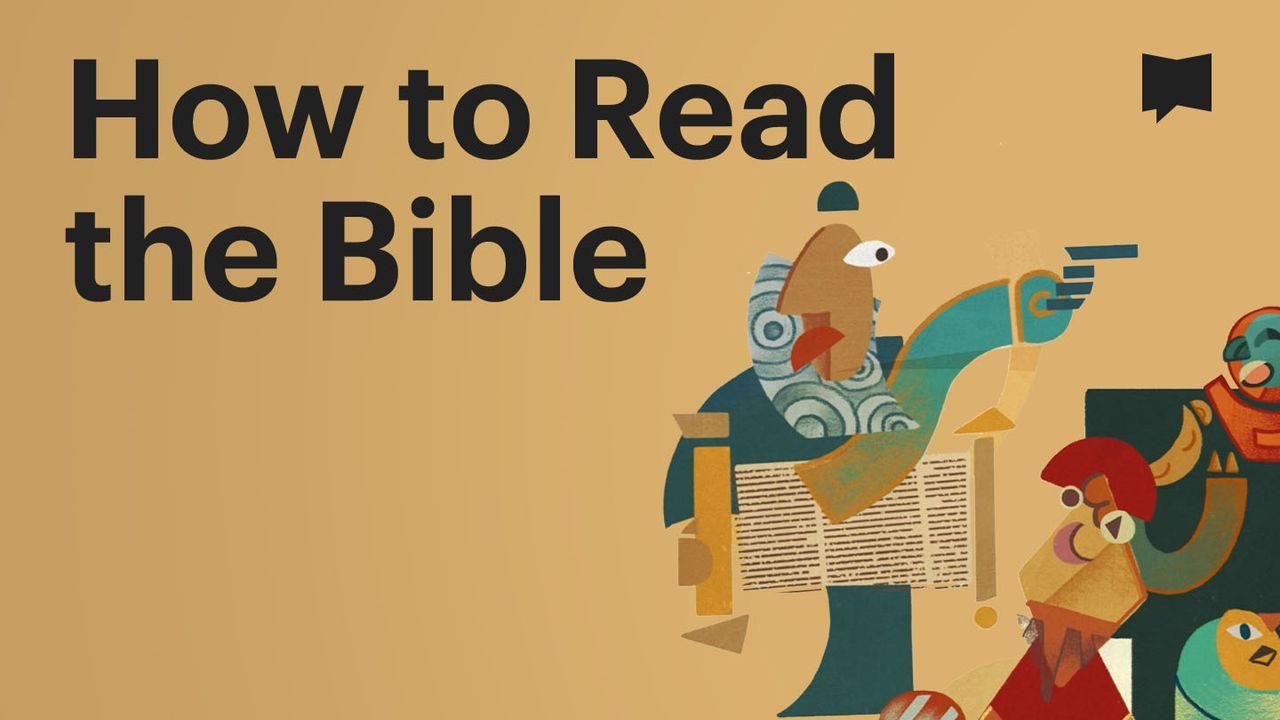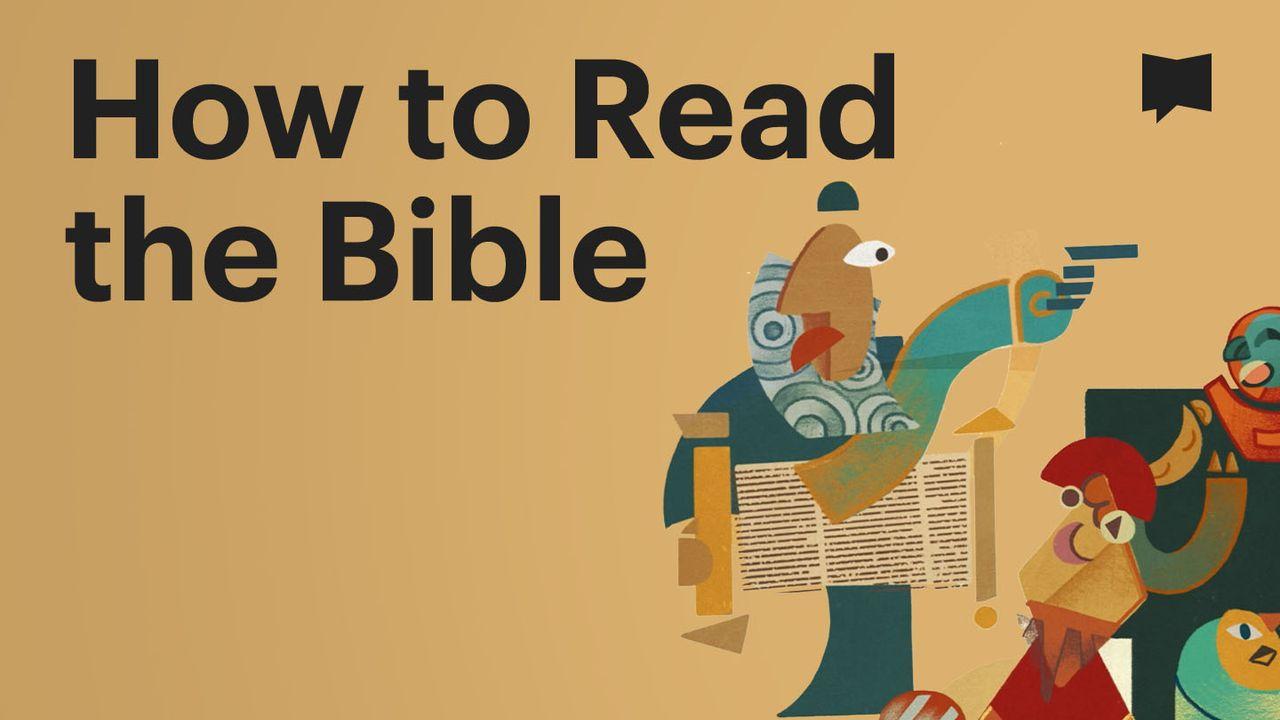Plan Info
BibleProject | How to Read the BibleSample

Day 18: New Testament Letters (Historical Context)
The New Testament letters are some of the most accessible parts of the Bible. They were written by early Christian apostles (or representatives of Jesus) who were appointed to spread the good news about him to the ancient world. And they are addressed to a "you," which makes any reader feel like they are being directly spoken to by the people who were closest to Jesus. What could be better?
But if you read these letters at any length, you know that they are full of sections we may experience as inspiring (Paul's bit about the foolish wisdom of the cross in 1 Corinthians 2), puzzling (Paul's discussion of hairstyles in 1 Corinthians 11), or off-putting (Peter's depiction of obedient slaves and wives in 1 Peter 2-3). Passages like these remind modern readers that these letters are ancient texts written in a language and culture vastly different from our own.
However, it's precisely by honoring the historical context of the New Testament letters that we can learn how to wisely read them and see how they can speak a powerful message to our own time and place. The apostles were heralds of the good news of Jesus as the risen King of the world, and they believed this message had the power to transform people and whole communities (see Paul's exposition of this theme in Colossians 1-3 and Ephesians 2-4). But because they lived in the first-century Roman world, the specific cultural issues and challenges they wrote about are not identical to our own.
This means we need to learn about life in the ancient Roman empire to gain a deeper understanding of why the apostles said what they said. We also need to search each letter to understand what circumstances in each church community prompted the writing of the letter in the first place. Once we see that Paul's letter to the Romans was written to a church divided along cultural and racial lines, or that Peter's letter was sent to churches facing shame and persecution for following Jesus, we can better interpret these letters.
In these letters, we get to watch the apostles navigate the challenges of their day with the good news that the risen Jesus is the King of the world. And if Jesus is still King of the nations, we must address the unique issues of our own time and culture with the same message. And who better to guide us than the people who surrounded Jesus himself? The ancient words of the apostles, when they're read in historical context, are full of divine wisdom to guide followers of Jesus in every generation.
A baseline skill in reading the letters is to read them as a unified whole. Today’s reading will be through one epistle—but don’t worry, it’s a short one! While reading, look for any explicit statements about the purpose of the letter or the situation that motivated the author to write the letter.
About this Plan

The Bible is the most influential book in human history, but what is it exactly? This reading plan is designed to introduce you to the Bible and its unique design, various genres, and unified story.
| We would like to thank BibleProject for providing this plan. For more information, please visit: http://bibleproject.com |
Related Plans

“I Once Was Blind, but Now I See”: Faith and Unbelief in John 9

What Does It Mean to Date With Intention?

Breaking Free From the Comparison Trap

UNPACK This...Courageous Communication

The Treasure Is Christ

Made for More: Finding Greater Purpose Through Scripture's Well-Known Personalities

God's Awesome Creation

From Sorrow to Joy. How to Overcome Shame From Rejection.

The Sabbath Practice
